As bombs began falling near the city of Stepanakert, Hasmik Arzanyan rushed back to her fourth-floor apartment in Nagorno-Karabakh. She had lived through conflict before—her father fought in the first war 30 years ago, and her husband had fought in the second during the COVID-19 pandemic. But this time, Azerbaijan’s attack on the Armenian-majority region felt different.

“I just knew this was the end,” she said. “I couldn’t explain why, but I felt it. These were our last days in Stepanakert.”
Nagorno-Karabakh, internationally recognized as part of Azerbaijan but home to a significant Armenian population, has been a center of violence and displacement for decades. The latest attack, which occurred just a year ago, forced 100,000 Armenians to flee, likely for good.
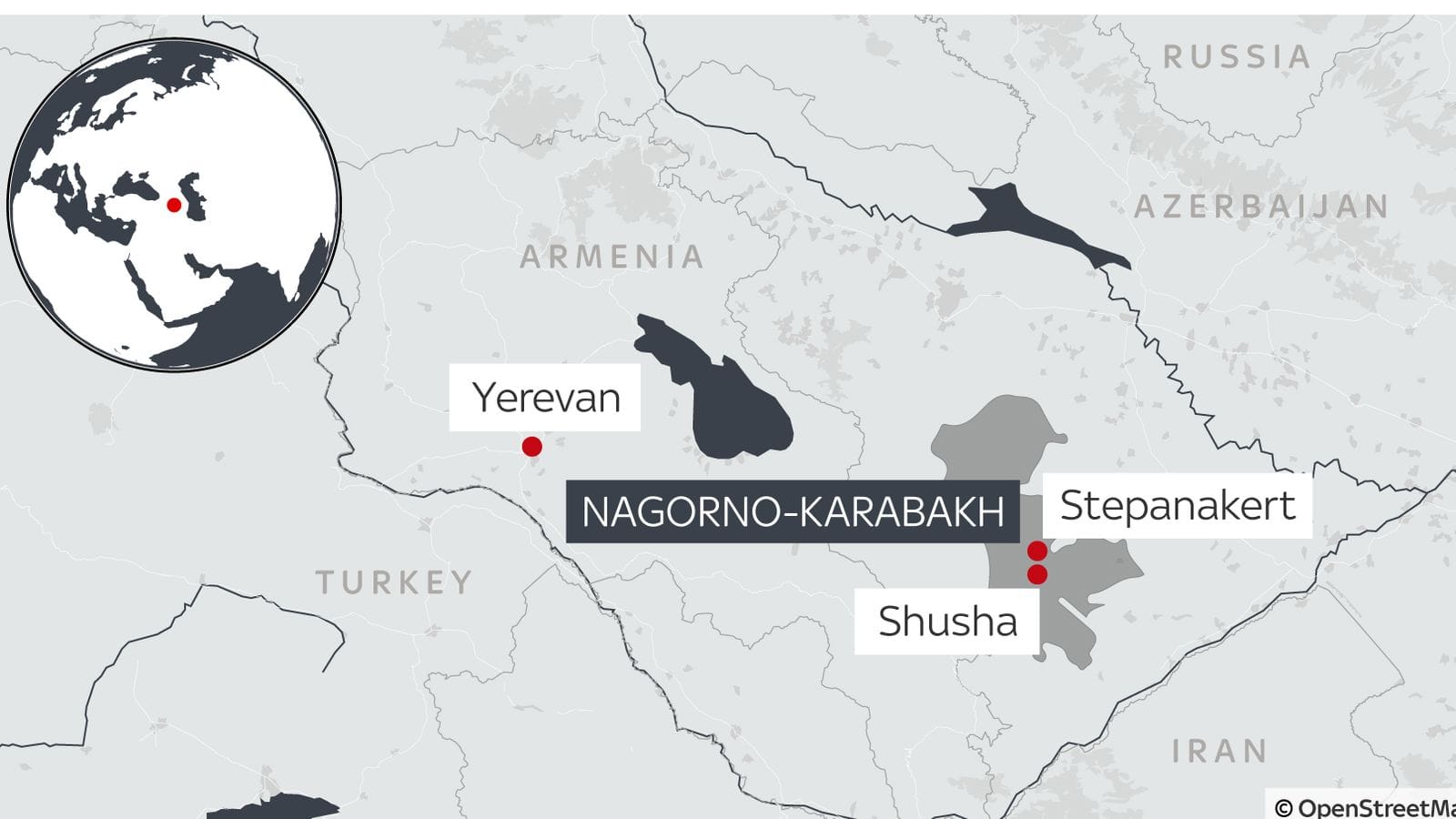
A Final Farewell
Despite the ongoing shelling, Hasmik felt a strange urge to return to her home, not to pack, but to make one last cup of coffee. “I couldn’t stay in the shelter anymore,” she recalled. “Looking at the despair in people’s faces was unbearable.”
Hasmik’s sense of finality wasn’t misplaced. On September 19, 2023, Azerbaijan launched a 24-hour military offensive that would lead to the surrender of Nagorno-Karabakh’s leadership and the dissolution of its self-proclaimed republic by January 2024.
This was not the first time the region had seen war. In 2020, a 44-day conflict saw Azerbaijan reclaim seven territories around Nagorno-Karabakh and a third of the region itself. Despite international calls to protect the local population, and with no intervention from Russian peacekeepers stationed there after the 2020 ceasefire, panic spread among the Armenians.
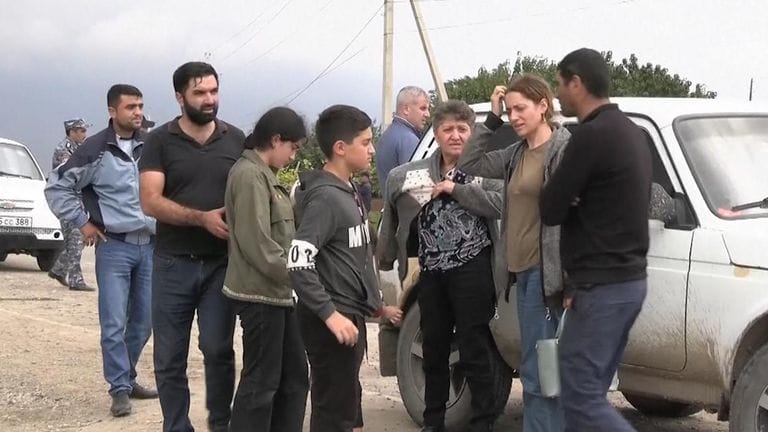
Hasmik and her two sons, Arman, 11, and Vartan, 8, joined the mass exodus out of Stepanakert. Like many others, they left with only the essentials—some food, a few clothes—and the hope of finding safety in Armenia.
An Arduous Escape
The Armenian population had already endured months of food, fuel, and medicine shortages due to an Azerbaijani blockade of the Lachin corridor, the only road connecting the region to Armenia. The road was reopened shortly before the bombs began falling, providing a narrow window for the Armenians to escape.
Hasmik’s husband, Armen, chose to stay behind, promising to help others flee and to send the rest of their belongings later. It would be the last time Hasmik saw him.
During the chaos of the evacuation, a fuel depot exploded near Stepanakert, killing over 200 people. Hasmik feared her husband was among the dead. “I called and called, but there was no answer,” she said. “I didn’t want to believe it.”
Their tenth wedding anniversary would have been in October.
A New Beginning in Armenia
Despite the pain of losing her home and husband, Hasmik found strength in her children. After arriving in Armenia, she set out to continue the work she had started during the 2020 war—bringing some semblance of joy to children through a unique educational project she had developed. The project involved a wooden tablet that allowed children to visualize stories in the sand, offering a creative escape from the trauma of war.
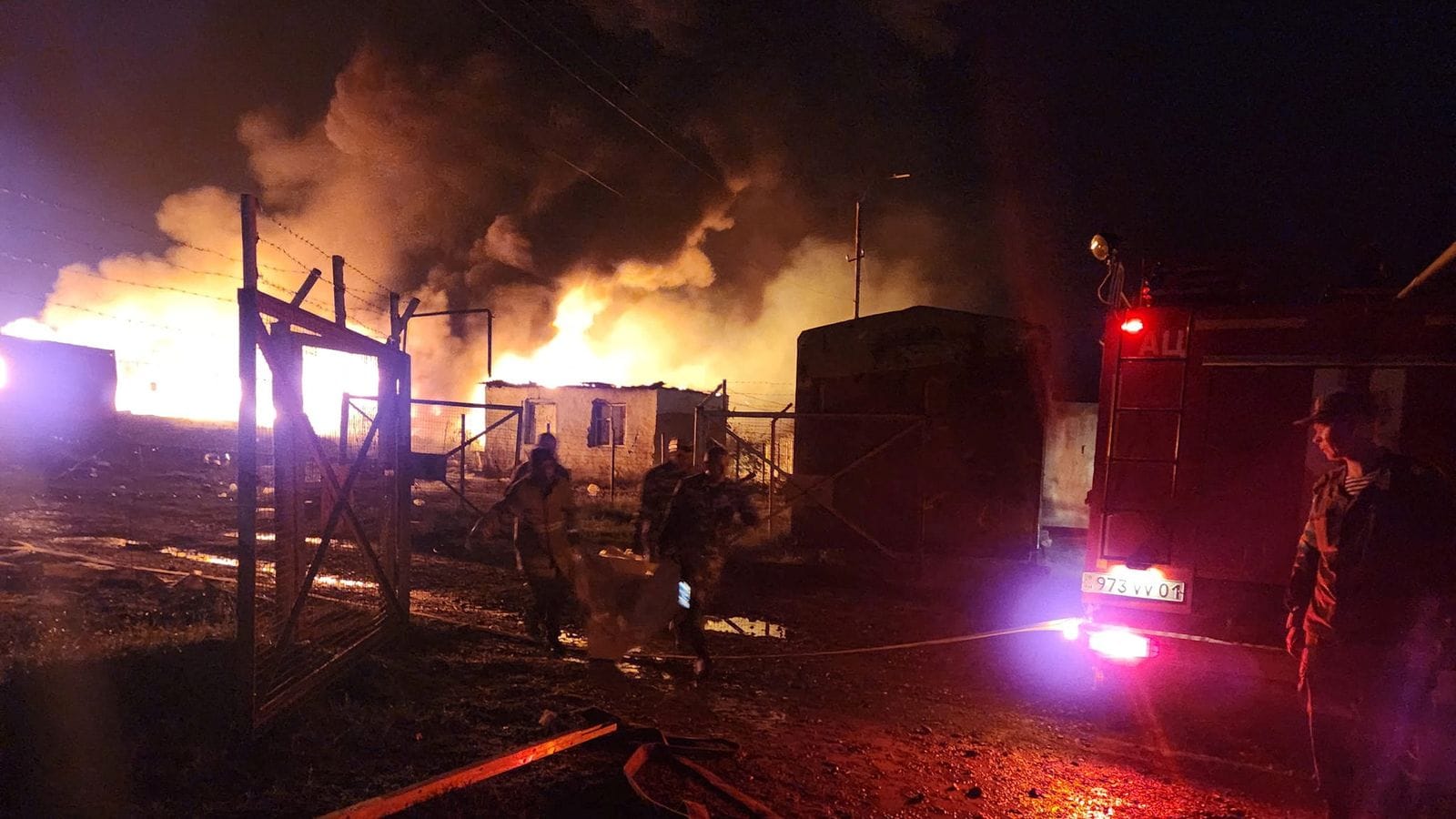
A Cycle of Violence and Displacement
Hasmik’s story is not unique. Many Armenians who fled Nagorno-Karabakh have since settled in Armenia, while others have emigrated to countries like Russia. The region’s centuries-old Armenian presence is now effectively over, marking the end of a 1,700-year history.
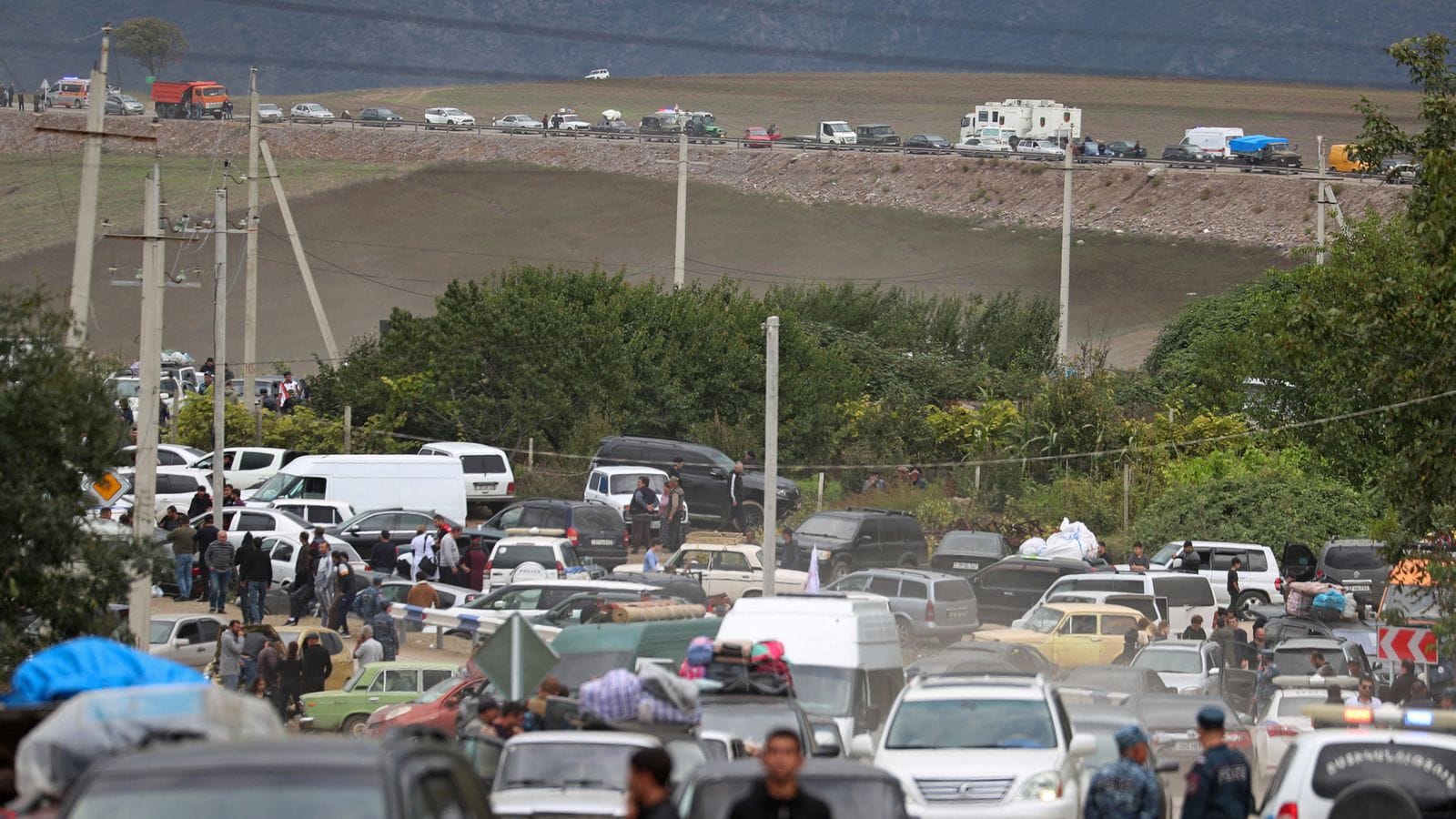
For the Armenians, the idea of returning to Nagorno-Karabakh seems impossible. Azerbaijan, under the autocratic leadership of President Ilham Aliyev, has long used anti-Armenian rhetoric. While Baku claims Armenians are welcome to return, many fear living under Azerbaijani governance without international guarantees for their safety.
“Abandoned by the World”
The Armenian government is struggling to provide for the refugees, with challenges ranging from employment to long-term integration. Despite the severity of the crisis, international aid has been minimal. “We are dealing with an extraordinary emergency, and the support has been minuscule,” said Tigran Grigoryan, head of the Regional Center for Democracy and Security.
The overwhelming feeling among refugees is one of abandonment. Despite promises from international bodies, there has been little action to hold Azerbaijan accountable for its military actions.
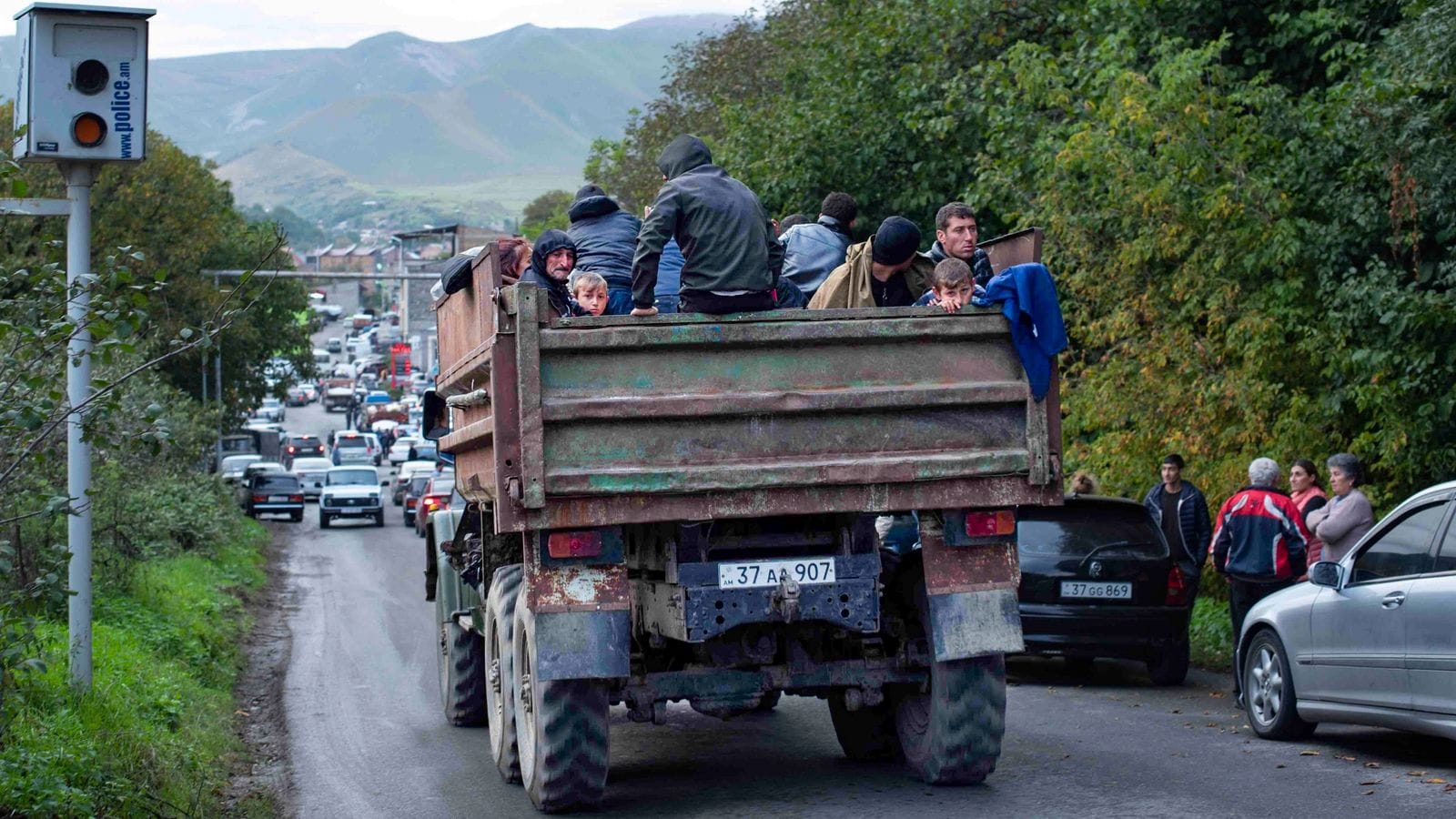
Hasmik, who speaks English and French in addition to Armenian, echoed this sentiment: “The world stayed silent. It’s as if nothing was happening to us.”
As the last Armenians leave Nagorno-Karabakh, the question remains: will anyone ensure their right to return, or will they, like Hasmik, be forgotten by the world?